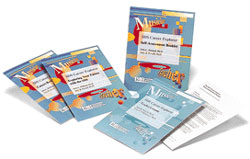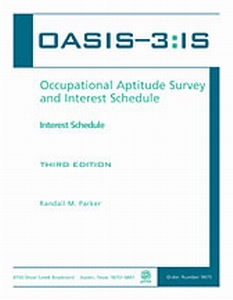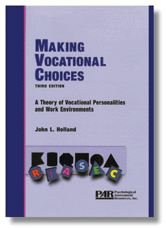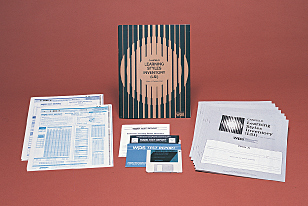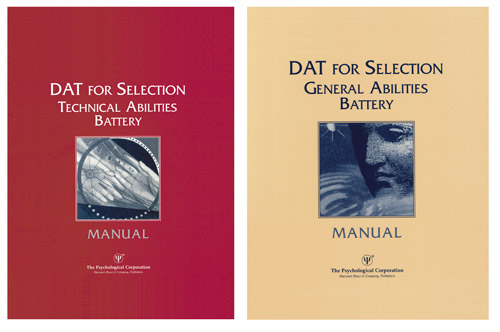SDS-Career-Explorer
Self-Directed Search® Career Explorer (SDS® CE)John L. Holland, PhD, Amy B. Powell, PhD . . Requires only a 3rd-grade reading level. . . Purpose:Help middle- or junior-high school students assess and explore interests for future education and career planningAge Range:ChildAdolescentAdmin:Individual or groupTime:At least 1 class period or 30-45 minutesQualification:A . . . . The SDS […]



